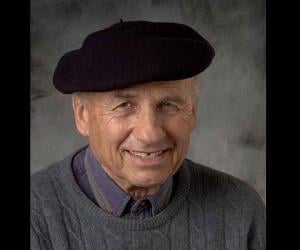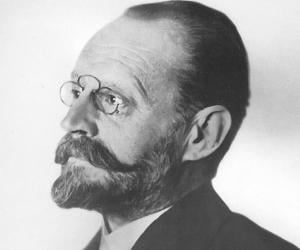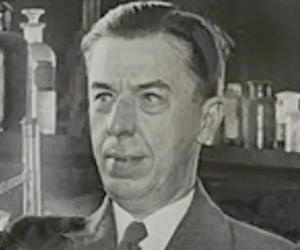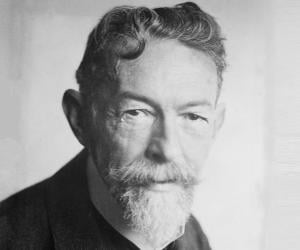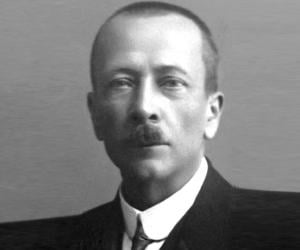1
Martin Karplus
(Nobel Prize-Winning Austrian-American Theoretical Chemist)
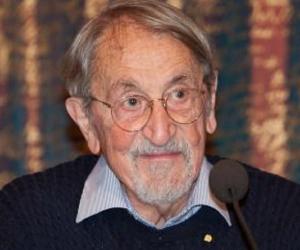
14
3
Birthdate: March 15, 1930
Sun Sign: Pisces
Birthplace: Vienna, Austria
Martin Karplus is a distinguished theoretical chemist who has made significant contributions to the field. He serves as the Director of the Biophysical Chemistry Laboratory, a collaboration between the French National Center for Scientific Research and the University of Strasbourg. Additionally, he is the Theodore William Richards Professor of Chemistry, emeritus at Harvard University. Karplus was awarded the 2013 Nobel Prize in Chemistry for his pioneering work on the development of multiscale models for complex chemical systems, alongside Michael Levitt and Arieh Warshel.
